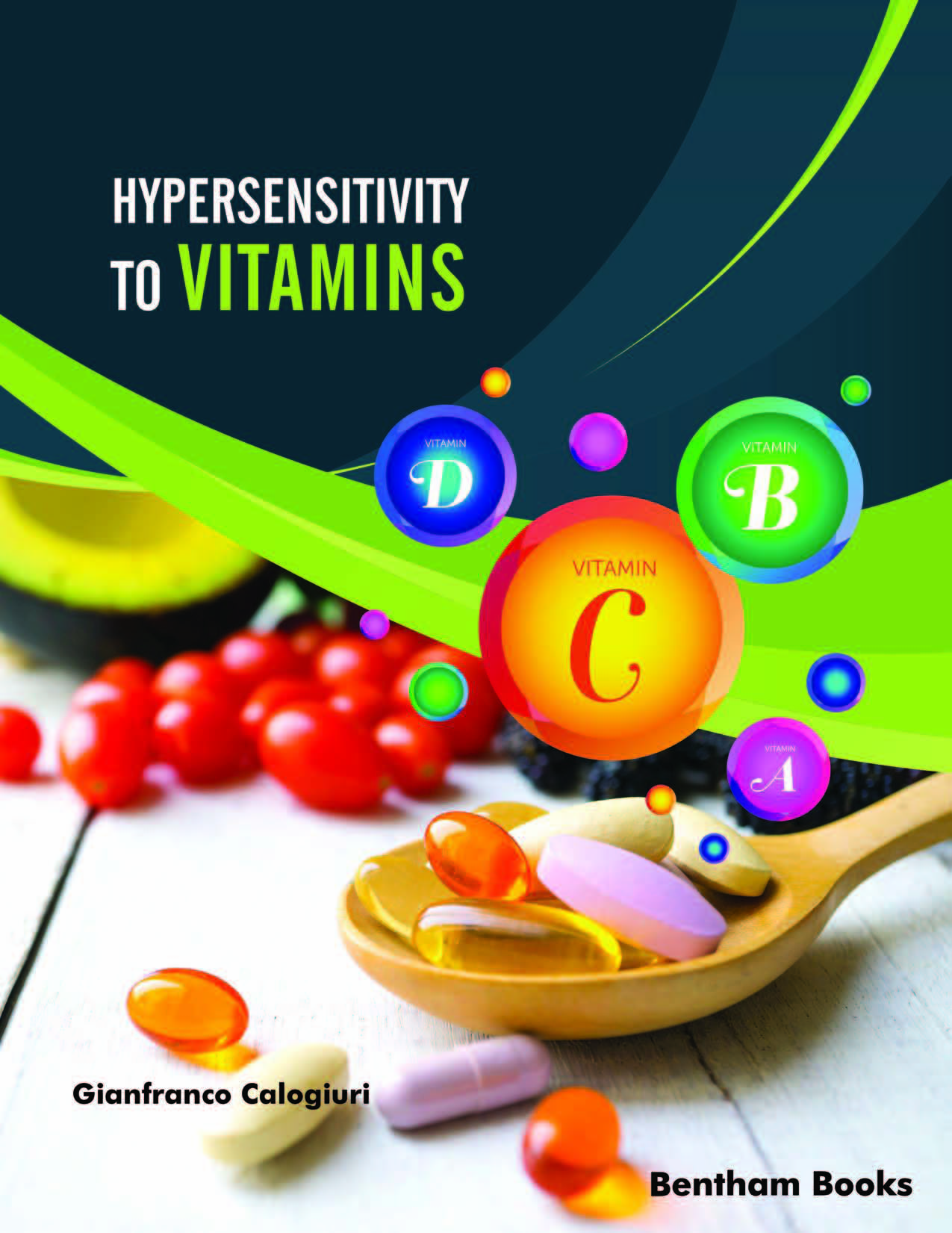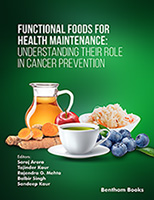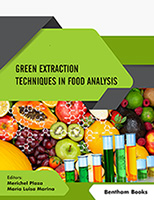COVID-19 infection was a frightful disgrace for all the mankind, however this book would not have been written without the SARS2 pandemic and the related lockdown and quarantine periods. When you have suddenly all the social life erased (no picnics with your family, no meals with your relatives, no parties with your friends, no travels, no meetings or congresses with your fellows, no gym, cinemas, theatres or concerts, just your work and the usual trip from home to the hospital and viceversa, day by day) you try to react. This book was the way I reacted to that situation. Previously, I have written an article “Hypersensitivity to vitamins with a focus on immediate type reactions: food or drug allergy?”, so why do not extend that issue from an article to a book? I had already read many articles and case reports; I just needed to read some further articles and organize the chapters.
Vitamins are essential substances for life and body wellness, but they are not produced by human organism, so they need to be introduced through diet. Their deficiency may induce severe diseases like rickets or scurvy which can be even lethal as well known by the sailormen of the last centuries. Every vitamin was identified and chemically obtained as ester, thus allowing their use like medications or for industrial purposes, but as well as any other drug, vitamins may induce hypersensitivity reactions, especially in their synthetic form. However, while for an antibiotic, an antihypertensive or a chemotherapeutic agent, it is possible to find an alternative molecule, stopping the culprit drug administration, that approach is not always possible with vitamins, which need to be assumed by the patient, despite his/her sensitization. Surely, and luckily, vitamin hypersensitivity is not so common as antibiotics allergy, but probably it is also undervalued, poorly diagnosed and certainly described anecdotally.
The effort of this book has been to collect most of the case reports from literature thanks to a netsurfing research on Pubmed and Google Scholar and try to illustrate in an organic and systematic way, the mechanisms of vitamin sensitization, as understood or postulated by clinicians and researchers who have treated a vitamin sensitive patients “on the field”, with a focus on the clinical aspects, the diagnostic approach and the therapeutic managements, trying to highlight much more a minor topic of drug hypersensitivity.
For each vitamin, beyond a short introduction concerning the biological activity, its use, a sketch on its metabolism and potential chemical derivatives, the most interesting part is represented by the experiences from different authors and related discussions of their case reports or studies. I limited to do some considerations of mine on the basis of the vitamins metabolism, the comprehensive literature data and my little experience with drug allergy. In future, some speculative reflections I have illustrated in this book might not be confirmed or be contradicted even by other authors experiences or by different evidences from the forthcoming case reports. For that, I apologize in anticipation. However, it would mean also this book has stimulated the curiosity of a clinician or a researcher, surely smarter than me, enough to dedicate his/her time, attention, expertise and wit to treat, solve and describe a new case of vitamin hypersensitivity from an alternative point of view or with innovative proposals I did not consider in this book. For that reason, I do not think this book is the complete or ultimate version on this topic, and I hope that nutritionists, clinical pharmacologists or other clinicians may alert me about the possible weak sides of the book, even for a future, updated and improved edition, maybe. That is all makes medical research challenging: nothing is forever in medicine and sometimes, the answers to your questions belong to another researcher, who does not image the question even.
Then, I would like to thank a research team I have ever met, personally or on the social media: Prof. Janos Zempleni and all the editors and authors of his “Handbook of vitamins” (Taylor & Francis Publisher), whom I largely cited. It was my guide, because it elucidated vitamins metabolism to me and greatly helped me to write this book. Since any vitamin is potentially a hapten, which may turn in an allergen, it is important to know and describe its chemical formula; for that reason I hope Prof. Zempleni and his biochemical team of nutritionists may excuse me if I have reported some chemical structures of the vitamins as well as they did in their book: their way was the clearest..
Lastly, a grateful thought to my wife Maria Rita, for having supported me in this project.
CONSENT FOR PUBLICATION
Not applicable.
CONFLICT OF INTEREST
The author declares no conflict of interest, financial or otherwise.
ACKNOWLEDGEMENTS
In Italy, the SARS2 pandemic required special containment policies and restrictions, like lockdowns and prohibition to leave the town where one lives or works. For that reason, I deeply thank
Professor Luigi Macchia and Professor Eustachio Nettis from the School of Allergology and Clinical Immunology, Department of Emergency and Organ Transplantation, University of Bari Aldo Moro, Bari, Italy.
Professor Angelo Vacca from the Department of Biomedical Sciences and Human Oncology, University of Bari Aldo Moro Medical School, Bari, Italy.
Professor Caterina Foti from Dermatological Clinic of the 2nd Department of Biomedical Science and Human Oncology, University of Bari Aldo Moro, Bari, Italy.
Dr Maurizio Congedo from the Section of Dermatology of Vito Fazzi Hospital, Lecce, Italy
for having helped me to collect the book bibliography, since I could not leave my town to consult the Bari University Library.
Gianfranco Calogiuri
Department of Pneumology and Respiratory Diseases
Hospital Vito Fazzi
Lecce
Italy





